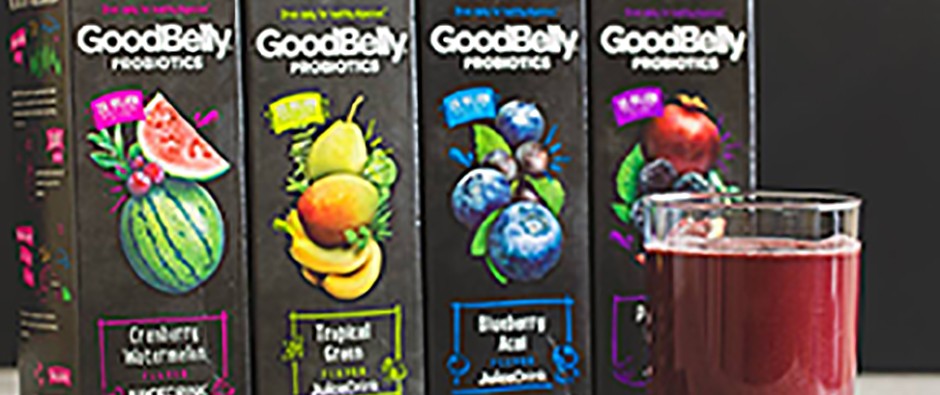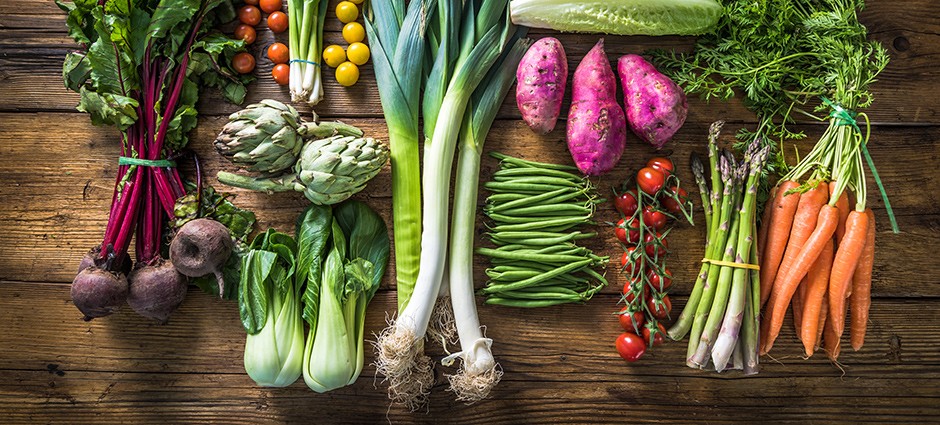Good news! A recent survey of more than 1,000 U.S. consumers showed that, compared to three years ago, Americans are consuming more fresh products, including fruits, vegetables, meats and cheeses. The nationwide trend away from processed foods is driven by healthier diets and lifestyles, according to data gathered in December 2016 by the OpinionWay institute.
The study shows that nearly half of Americans (48%) consume more fresh products than they did three years ago, and 41% say their consumption has remained stable over that period. Respondents strongly associate fresh products with high quality, better flavor and less waste. Their preference for fresh products is driven by a desire for a healthier lifestyle and diet.
Key findings of the survey include:
- Age is a determining factor in the preference for fresh products. Young people under the age of 35 are far more likely to choose fresh items than people aged 50 and older (58% vs 38%).
- Income is also a contributor. Only 45% of individuals in the lowest income group (less than $50,000/year) said their consumption of fresh products had increased over the last three years, as opposed to 53% of people in the highest income group (over $75,000).
- The pursuit of healthier lifestyles is driving purchasing habits. Nearly 60% of respondents said they are more conscious of what they eat and prefer a healthier diet.
- Fresh is strongly associated with quality. Respondents said fresh products are more flavorful (75%), healthier (74%), better quality (74%), and contain more healthy ingredients (74%).
Traditional supermarkets as the preferred shopping medium
Specialty grocery stores and online retailers often associated with the 35 and under demographic lag far behind traditional supermarkets as the preferred shopping medium. Supermarkets were rated as the best across all categories for buying fresh products, thanks to the variety of product offerings, the overall shopping experience and the best value for the money. The majority of respondents (63%) say they opt to shop at supermarkets ahead of natural and organic grocery stores (14%), wholesale clubs (9%), and discount stores (8%). Amazon and other online retailers are breaking into the market, but are the preferred medium of only 5% of Americans.
Cost as a barrier
Cost is a key concern for the 11% of Americans who are eating less fresh food than they have historically. More than a quarter of respondents (26%) say they eat fewer fresh products because they are less well-off financially, and 24% say they think that fresh products are more expensive than before. Additionally, 21% of respondents who consume fewer fresh products say they cook less than before, and 14% say they have less time to prepare meals at home, so they no longer purchase fresh products because of the concern over spoilage (24%). Only a small subset (11%) of those consuming fewer fresh items say they are no longer interested in a healthy diet, and 8% say the stores selling quality fresh products have closed near where they live.
3 key purchasing triggers
Appearance, quality, and price are the three key purchase triggers for consumers buying fresh products across all categories. The one exception is cheese, for which price is the deciding factor. For all other products, appearance is the primary driver, inciting consumers to purchase fresh products even if they were not planning to.
This OpinionWay survey for Bizerba/Invatron was conducted between December 12-15, 2016 with a sample of 1,004 people, representative of the population in the USA aged 18 years and over, using the quota method based on gender, age, region and income. OpinionWay conducted this survey using the procedures and rules of ISO20252.










Comments